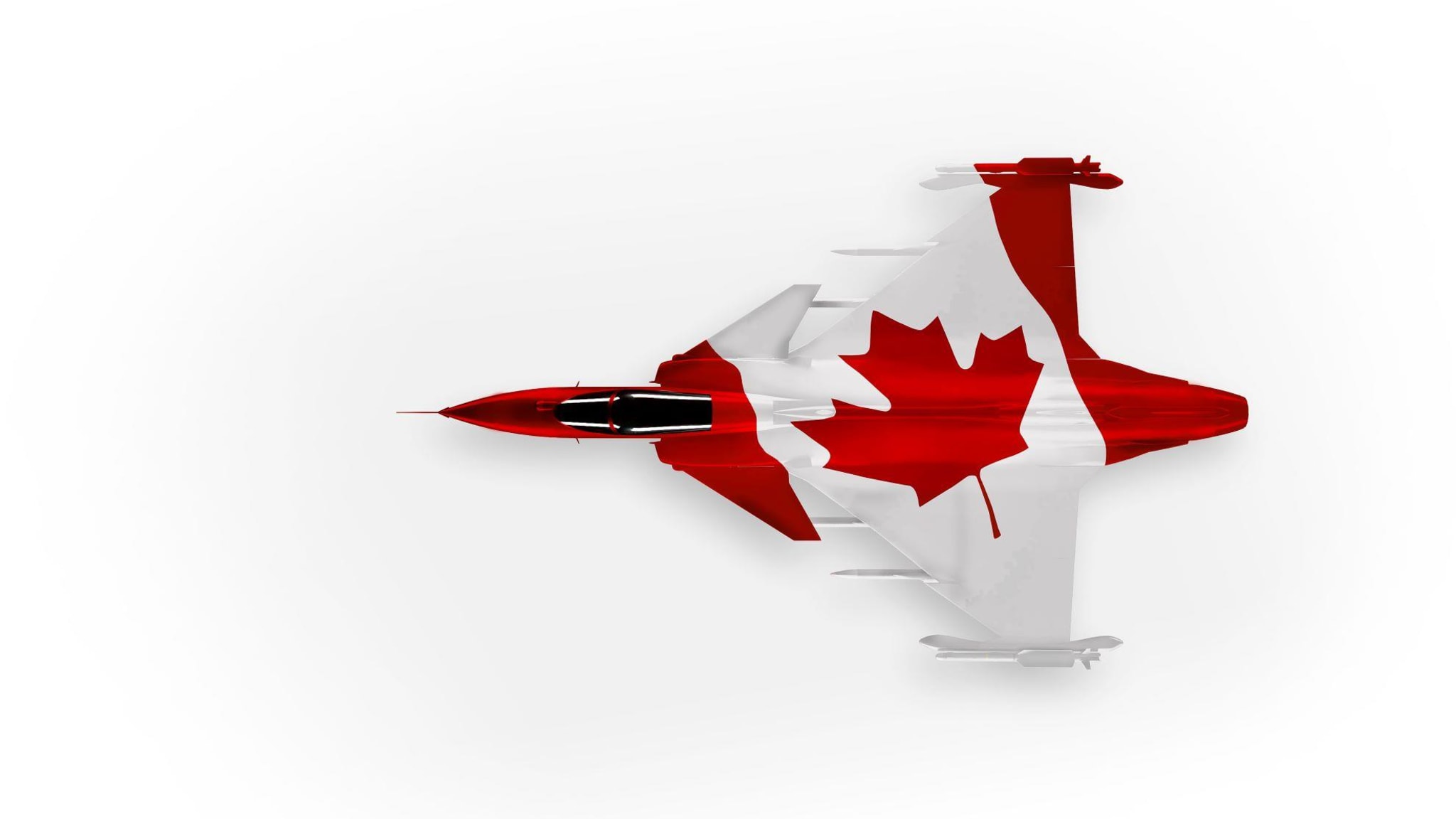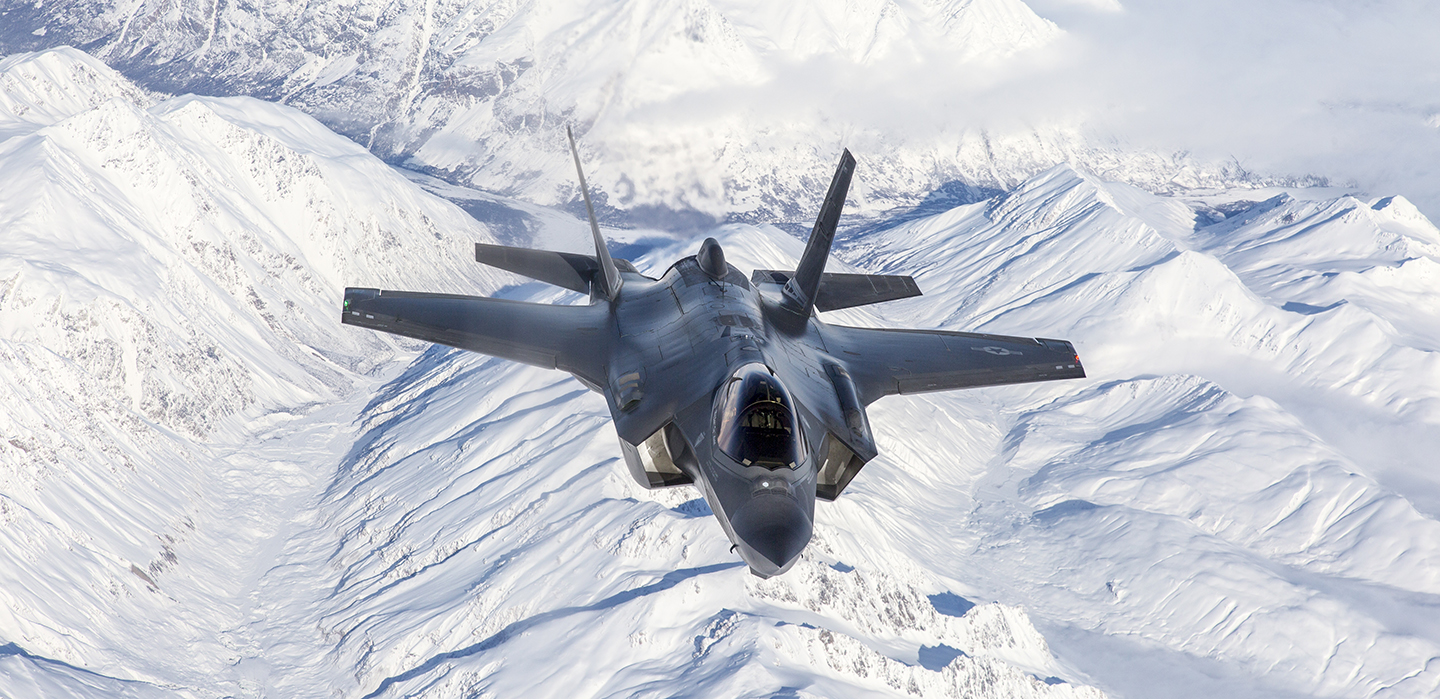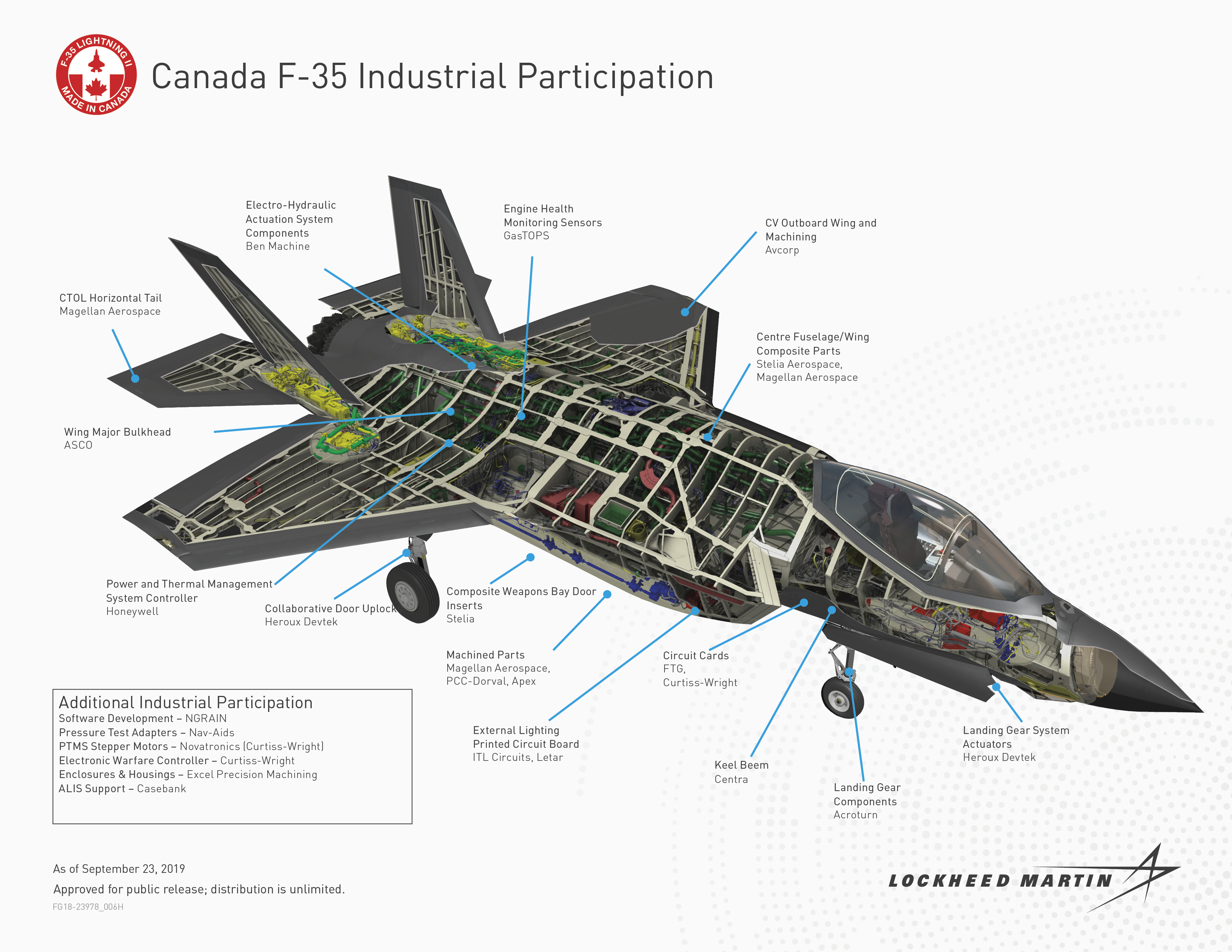- Joined
- 17 October 2006
- Messages
- 2,279
- Reaction score
- 599
I can see a situation where the HAL Tejas could be a suitable fit.
Now you're just trying to wind us up.
Now you're just trying to wind us up.
Avimimus said:Are you arguing against the F-35?
Avimimus said:Lower wing loading and a steeper descent is worth it if it shortens the landing roll... have you ever come north and tried driving on our ice?
As a side note; the F-35A does have an arrestor hook for airfield operations, just like the F-16, F-15, etc.Avimimus said:I find the whole question of requirements quite interesting:
- The F-35A isn't a bad choice if the airforce is intended to act as auxiliaries to larger NATO deployments.
- It is poorly suited to operating in the Canadian Arctic due to the lack of arrester hook (the F-35C would be a better choice in this case), less than exceptional range, and dubious cold weather capabilities, and lack of a twin engined layout (something Canadians tend to be very ideological about). Super-cruise would be very useful in such an environment as well. The Arctic interceptor requirement would really be best filled by an aircraft with specifications matching the Mig-31 (aircraft designed around defending a larger northern area).
- The F-35B could be easily dispersed and would allow a quick counter-attack capability (especially if nuclear capable) in the case of a war with the United States (or Canada being attacked during a hypothetical American civil war). It could also do the tasks of the F-35A pretty well. Note: I'm not endorsing such a purchase or civil war by speculating about it - just doing what militaries always do - contingency planning.
LowObservable said:I can see a situation where the HAL Tejas could be a suitable fit.
Now you're just trying to wind us up.
SpudmanWP said:Canada balked at the cost of the F-35. What do you think they would do with the Japanese where they would have to not only chip in for Dev, but also pay at least twice as much for each plane?
LowObservable said:any other fighter would come with a fat package of industrial participation and offsets
LowObservable said:LM, on the other hand, doesn't have much to offer beyond/outside F-35, and isn't in full control of that work.
SpudmanWP said:With the South Korean deal, they threw in a satellite.
SpudmanWP said:The bean counters may have agreed, but the people who's lives agreed upon the decision did not. The fact that they went with the F-35 is proof of that. DAPA was there to "suggest" what can be bought for a certain amount, not to determine what was the best fighter for the price or mission.
For a short time Boeing tried the F-15SE (only claimed front aspect VLO and only for a short time), but they determined that they could not do it and keep costs down so they convinced DAPA to lower the standards.. Funny that B)Kadija_Man said:What viable alternative is available to the F-35?
https://www.koreatimes.co.kr/www/news/nation/2012/01/116_102739.htmlKorea drops key stealth requirements
Seoul has decided to remove two key compulsory requirements initially set for 60 advanced fighter jets that it plans to purchase in an attempt to allow more companies to enter the competition for the nation’s largest-ever arms deal.
Kadija_Man said:SpudmanWP said:The bean counters may have agreed, but the people who's lives agreed upon the decision did not. The fact that they went with the F-35 is proof of that. DAPA was there to "suggest" what can be bought for a certain amount, not to determine what was the best fighter for the price or mission.
Yet you make no alternative suggestion, I note.
What viable alternative is available to the F-35?
Those that continually criticise the F-35 rarely put forward viable alternatives which have the same features of the F-35. Funny that.





1400 km for F-35 is with internal fuel while 1500 km for Gripen E is probably with 3-4 EFTYou might want to check combat range for Gripen E and F-35. Wiki - for want of a better source - gives 1500 km for Gripen E, 1410 km for F-35A in A2A configuration. Allowing for different ways to compute range, that's in the same ball park.
And how often would Canada use that? For that matter how often does Sweden? If one really wanted the away from fixed base capability, just add some F-35Bs...the ability to operate off main roads in Sweden is also a nice factor.
Early in the F-35 program, dozens of Canadian firms built parts for prototypes.
And how often would Canada use that? For that matter how often does Sweden? If one really wanted the away from fixed base capability, just add some F-35Bs...the ability to operate off main roads in Sweden is also a nice factor.
This will largely come down to industrial benefits and commonality with key allies. In this situation the F-35 wins hands down on both. Moreover, given Canada is already a partner in the F-35 program it would be silly for them to give up those benefits and the money already spent.
Canadian defense purchases are always a mystery to outsiders. Even long-serving soldiers are baffled by decisions made in Ottawa. It is very much a political process with decisions based first upon which program will buy the mast votes. The needs of poor bloody infantry are too often relegated to "priority last."All the fuss after ditching F-35 and now they are back to square one. Lol.
Canadian defense purchases are always a mystery to outsiders. Even long-serving soldiers are baffled by decisions made in Ottawa. It is very much a political process with decisions based first upon which program will buy the mast votes. The needs of poor bloody infantry are too often relegated to "priority last."All the fuss after ditching F-35 and now they are back to square one. Lol.
I have a sneaking suspicion that National Defense Headquarters has offices solely devoted to maintaining stats on proposed purchases. They maintain briefing packages in the the event that a Member of Parliament finds a few spare billion dollars in his budget.
For example. the current RCAF fleet of Airbus tanker/transports were purchased at a bankrupsy auction. The current supply of EH-101 Cormorant spare parts came from a cancelled project for the USMC's "US Presidential Flight."
The F-35C has an almost equal range to the F-35A; the larger wings improve its lift:drag ratio at lower airspeeds but at transonic (eg: Mach 0.85) cruise speeds the extra drag almost entirely negates the extra fuel. The C has no additional payload capacity either.How does range of F-35A (air force) compare with range of the naval F-35C version?
Does the F-35C's larger wing offer any advantage in terms of range or payload?
How do they compare with Gripen?
good point. at this point I don't see any advantages for any customer to operate the F-35C unless they operate a CATOBAR carrier.The F-35C has an almost equal range to the F-35A; the larger wings improve its lift:drag ratio at lower airspeeds but at transonic (eg: Mach 0.85) cruise speeds the extra drag almost entirely negates the extra fuel. The C has no additional payload capacity either.How does range of F-35A (air force) compare with range of the naval F-35C version?
Does the F-35C's larger wing offer any advantage in terms of range or payload?
How do they compare with Gripen?
Maybe there's an argument to be made for the C's tougher arresting hook for icy runway cable-arrested landings, but the USAF don't see the need when operating out of Alaska, and Norway is happy just adding a drag chute to their jets.
